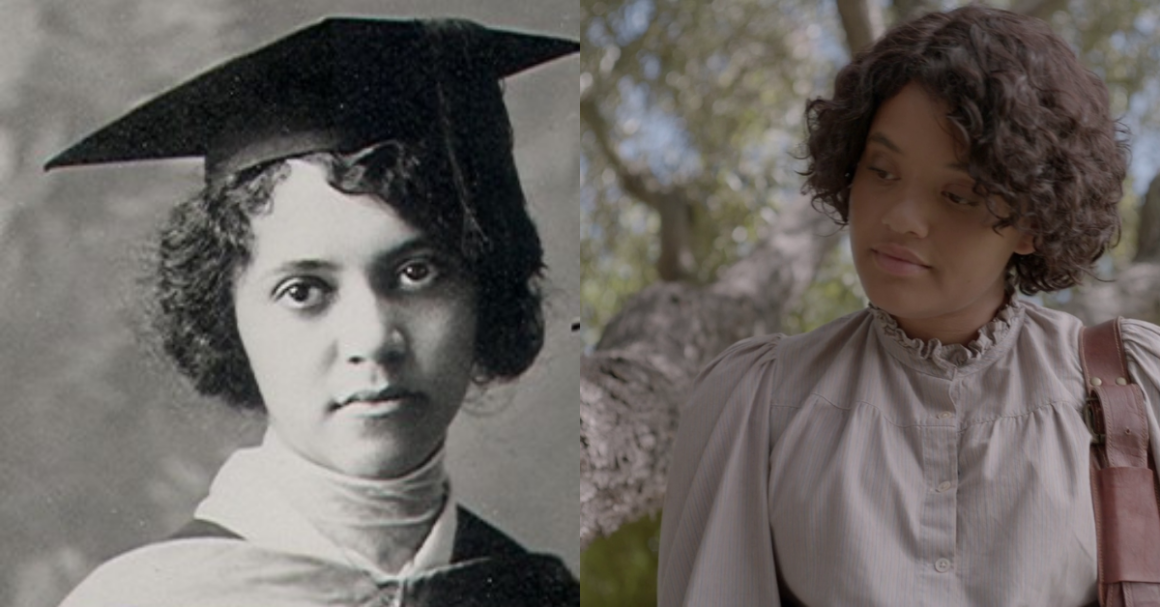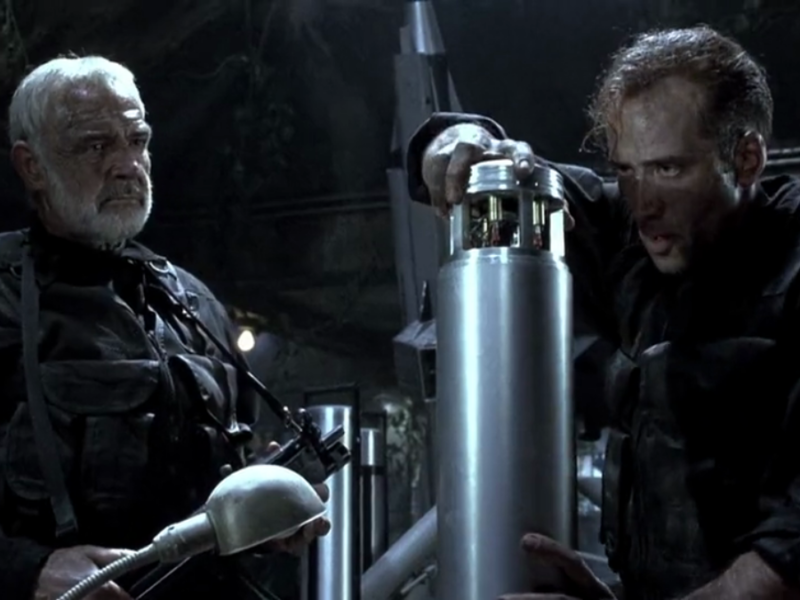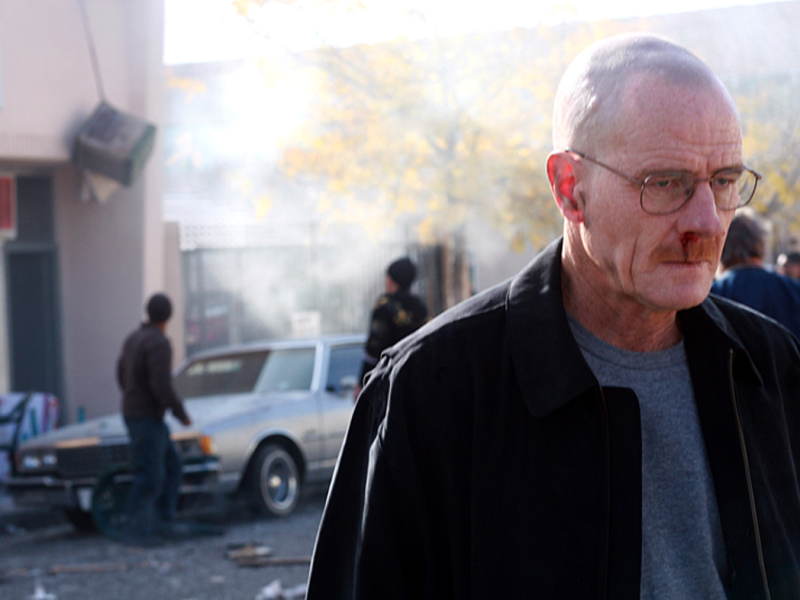In 1915, Alice Ball, a recent graduate from the College of Hawaii with a master's in Chemistry, started work on investigating the chemical properties of chaulmoogra oil. This extract, derived from the seeds of the chaulmoogra tree, was first used to treat leprosy in China over six hundred years ago but the substance was too viscous to be an effective treatment. Instead of circulating throughout the body, the thick oil accumulated under the skin as a painful blister.
Kava tea was also used by leprosy sufferers to ease the pain of the disease, which meant Alice's earlier work on identifying the active ingredients in the Kava root made her the ideal candidate to crack the hundreds-year-old problem trapped in the plant's seed to develop an effective, injectable treatment.
The Ball Method | Trailer from Dagmawi Abebe on Vimeo.
The twenty-one second The Ball Method trailer opens with a nurse telling Alice Ball (Kiersey Clemons) that "the patient" did not get far, as the hospital's guards caught up to him right away. We see Alice looking out a window where she sees the young boy who has not said a word since his failed runaway attempt. She approaches him and kindly asks, "Are you ok?"
The Ball Method short film was directed by Dagmawi Abebe who became interested in Alice's story from a book about her famous grandfather, James Presley Ball. The film received developmental support from the Alfred P. Sloan Foundation and premiered at the Oscar-Qualifying 28th Annual Pan African Film Festival in February 2020.
At the time, leprosy or Hansen's disease was a highly stigmatized disease with almost no hope for recovery. In 1866, Hawaii forcibly removed people to the remote and inaccessible settlement of Kalaupapa, situated on the island of Moloka'i. Under law, people suspected of having the disease was arrested and sent to Kalihi Hospital where they were examined. Anyone found with the disease was exiled to Kalaupapa. Many of the people were sent there against their will and the vast majority would never leave.

Though short, the trailer illustrates the heart-breaking aspect of the government's attempt to control this dreadful disease. Most of the people arrested and exiled to Kalaupapa were native Hawaiians, though more affluent white people were allowed to go to hospitals, or seek treatment from private physicians. This resulted in many families being torn apart by this quarantine to never saw each other again. It was so dreadful that Hawaiians called it mai ho'oka'awale or the 'separating sickness.' It comes as no surprise that this little boy attempted to run away.
Hansen's Disease
Leprosy has affected humanity for thousands of years. This chronic disease affects the peripheral nerves, respiratory tract, skin, and eyes, and is caused by Mycobacterium leprae, an aerobic bacillus or rod-shaped bacterium. The disease is named after Norwegian physician Gerhard Armauer Hansen who discovered that a bacillus was the cause of leprosy. This was the first time a bacteria was identified to cause disease in humans.
Throughout the ages, physicians tried numerous treatments to combat this dreaded disease, all of which failed to treat or cure the disease. Only one substance appeared to have any success: chaulmoogra oil.
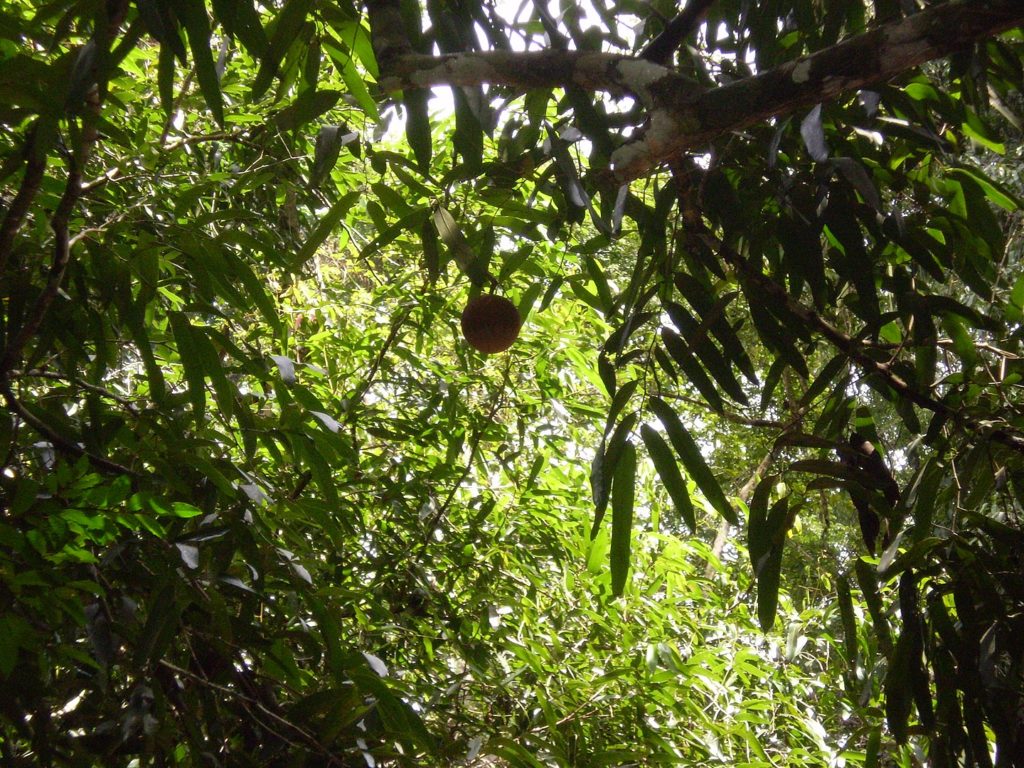
Image of a chaulmoogra tree (Image Credit: Luuthiluong) 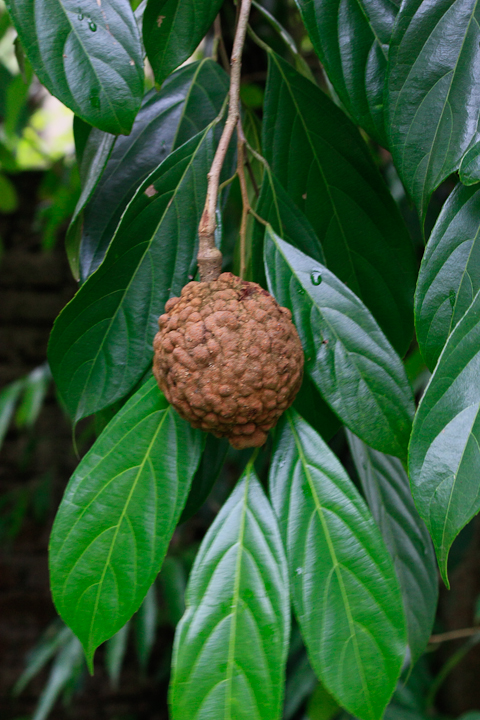
Image of the chaulmoogra fruit (Image Credit: Anoopmail)
Since the 14th century, in China, and earlier in India, doctors used chaulmoogra oil with moderate though inconsistent success. The oil was made from the seed of the chaulmoogra tree (Taraktogenos kurzii), which was either given orally or applied as an ointment—it showed limited success as an ointment but was most effective when taken orally.
Unfortunately, patients were often unwilling to take the drug long term because the bitter taste made it difficult to swallow. Some patients even described the treatment as being worse than the disease. Scientists needed to find a way to make the treatment injectable.
The Young Chemist
Alice grew up around chemicals from an early age. Her grandfather was James Presley Ball Sr, a prominent photographer, abolitionist, and businessman. James was one of the first African-Americans in the United States to learn the daguerreotype, an early photographic technique where images were developed on silver-coated plates of glass or copper.
To produce an image, the silver-coated side is first polished, as close to possible, to a mirror finish; any tarnish or contamination would affect the final image. The silver surface was then exposed to a halogen gas—either iodine, bromine, or chlorine—to make it sensitive to light. Once this process is done, the plate could be used to photograph an image. After the photograph is taken, the latent image is developed by exposing the plate to mercury vapor for several minutes.
Alice had a middle-class upbringing—her father, James Presley Ball was a newspaper editor, lawyer, and photographer. Her mother, Laura Louise Ball, and aunt were also photographers and she likely helped out in the family's photo gallery by preparing the chemicals needed to develop and produce photographs.
In school, Alice earned excellent grades in school, especially in the sciences. At the University of Washington, she earned two degrees, one in pharmaceutical chemistry (1912) and the other in pharmacy (1914). In 1914, Alice co-authored a 10-page article titled, "Benzoylations in Ether Solutions," in the Journal of American Chemical Society with her pharmacy instructor—a rare accomplishment for a woman of any race.
Alice's accomplishment of being published in a reputable journal meant she was offered two scholarships to pursue her Masters—one from the University of California, Berkeley and the other from the College of Hawaii (later University of Hawaii).
Alice eventually chose the College of Hawaii and graduated a year later with a master's in chemistry, becoming not only the first woman to graduate with the degree but the first African-American. Alice looked at the chemical properties of the Kava plant for her master's thesis and when she joined the college's chemistry department in 1915, she became its first Black female instructor.
Dr. Harry T. Hollmann was an assistant surgeon working at the Kalihi Hospital and Receiving Station in Honolulu. It was at this hospital where leprosy sufferers were taken after being arrested or captured by the authorities. If their condition was deemed too advanced for treatment, patients were exiled to the colony on Molokai.
While Alice was working on her thesis, chaulmoogra oil was being looked at as a possible cure for leprosy around the world and Hollman was searching for an injectable form of the oil. Alice's previous research caught Hollmann's eye. He thought she was the ideal candidate for this research because of her previous work on the kava root—the tea derived from the root was used by leprosy patients to ease the pain associated with the disease.
Chemistry of the Ball Method
Early attempts at creating a usable drug failed because the oily substance was insoluble in water—any attempt to inject the drug resulted in painful abscesses or lumps at the site of injection. The oil is made of two active components: chaulmoogric acid and hydnocarpic acid. These two carboxylic acids are solid in their purified states and insoluble in water because of their long, non-polar hydrocarbon chains.
Water solubility is a highly desirable property for many drugs because the human body is mostly water. To solve the problem and create an effective drug, Alice had to find a way to get the active ingredients into a water-soluble form that could circulate through the body.
One way to do this is by formulating the drug into a water soluble salt. The carboxylic acids found in the chaulmoogra tree can be converted into water soluble salts by treating it with a base, such as sodium hydroxide. While this would certainly solve the solubility problem, these new molecules end up acting more like soaps, which results in the undesirable side effect of hemolysis or the breakdown of the red blood cells' plasma membranes when injected.
All animal and vegetable fats and oils are made up of long-chain esters and the physical difference between a fat and and oil comes down to their melting points. If the melting point is below room temperature, the substance will be a liquid or an oil but if the melting point is above room temperature, the substance will be a solid or a fat. None of these substances are soluble in water as their molecular chains are too long but small esters, e.g., ethyl esters, are fairly soluble in water.
Alice solved the problem by converting the long-chained carboxylic acids into ethyl esters. She did this by reacting the carboxylic acid with an alcohol in the presence of another acid, which acts as a catalyst. In this case, the alcohol Alice used was ethanol. This new, injectable, water soluble drug took Alice a year to develop, a discovery that eluded some of the best minds working in the most sophisticated laboratories around the world.
An Untimely Death
Little is known of Alice's experiences as she searched for a solution as no records exist of her daily work. We know she taught chemistry classes and labs during the day, which meant she probably conducted her experiments during her free time and at night. As she solved this problem in less than a year, she was likely a brilliant and gifted chemist, a talent she likely developed working in her family's studio. Tragedy unfortunately struck and Alice met an untimely end before she could publish her findings.
Alice died on December 31, 1916, at the age of 24, soon after her monumental discovery. Sometime, while teaching a chemistry class, Alice may have been exposed to chlorine gas while teaching a chemistry class and became ill. A 1917 report by the Pacific Commercial Advertiser indicates this may have happened while Alice was demonstrating the proper use of a gas mask in preparation of gas attacks as World War I was raging across Europe. She traveled to Seattle for treatment where she died, though the exact cause of death is unknown as her original death certificate was altered as tuberculosis.
After her death, Alice's research came into the hands of Arthur L. Dean, a chemist and later president of the University of Hawaii. Dean continued Alice's research, published her findings, and took credit for himself. He even went as far as to name the technique after himself—the Dean Method.
Even as Dean was lauded by the scientific community for finding a cure to this dreadful disease, Hollmann tried to set the record straight but was ignored. Alice's contribution to science might have been completely lost to history if not for Hollmann who mentioned her work in a 1922 medical journal, referring the technique as The Ball Method.
Alice's discovery was so revolutionary that for a brief period, no new patients were exiled to Kalaupapa; patients could be treated at Kalihi Hospital and then go back to their families. Unfortunately, the triumph against this dreadful disease was not permanent as the bacterium evolved resistance to Ball's chaulmoogra oil. Ships started bringing both new patients and those once cured back to the island. Despite this, and with no other options, chaulmoogra oil remained the standard of care until sulfonamide drugs —sulfur containing antibiotics—were developed in the 1940s.
A Forgotten Hero Remembered
History is rarely kind to women in STEM and like those women before her, Alice's memory and what she had done got buried by the sands of time and eventually forgotten. It was not until several decades later when Dr. Kathryn Takara, an America poet and scholar who had studied at the University of Hawaii and learned about Alice from the university's archives, and Stanley Ali, a retiree who came across Alice's name in a book while doing research on Blacks in Hawaii, that Alice's story was rediscovered. It took these two historians several decades to piece together her story and ensure that Alice's rightful place was given the prominence and respect it deserves.
Leprosy was once seen as a hopeless disease that separated sufferers from their families with no hope of ever being reunited but Alice's discovery changed that—the disease was no longer seen as hopeless. Though the effectiveness of the Ball Method eventually waned over the coming decades, this new found outlook meant increased funding in research, which led to the development of sulfonamide drugs or sulfones. The disease once thought incurable could be cured.
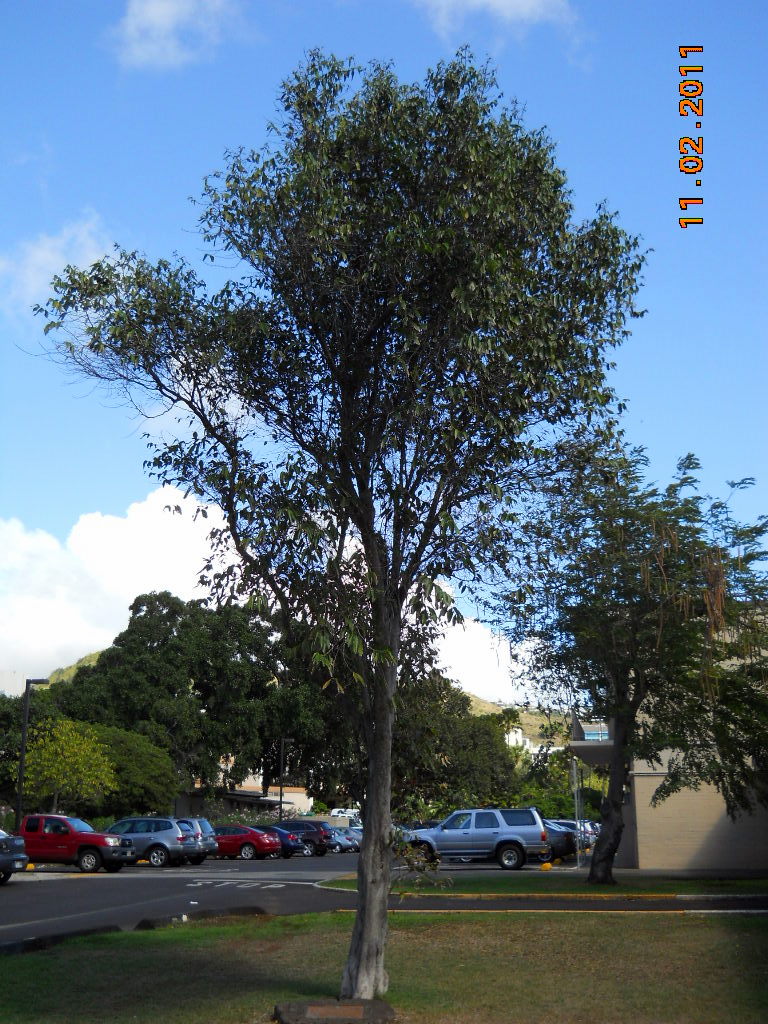
On February 29, 2000, the Hawaiian government issued a proclamation declaring it "Alice Ball Day." On that day, the University of Hawaii honored this phenomenal chemist with a bronze plaque mounted on at the base of the lone chaulmoogra tree on campus. On December 2006, the Board of Regents of the University of Hawaii posthumously awarded Alice with the Regents’ Medals of Distinction, an award given to "individuals of exceptional accomplishment and distinction who have made significant contributions to the university, state, region or nation or within their field of endeavor." Hopefully, the world will remember this remarkable young chemist who gave hope to the millions of sufferers of a dreadful disease.
Also published on Medium.

